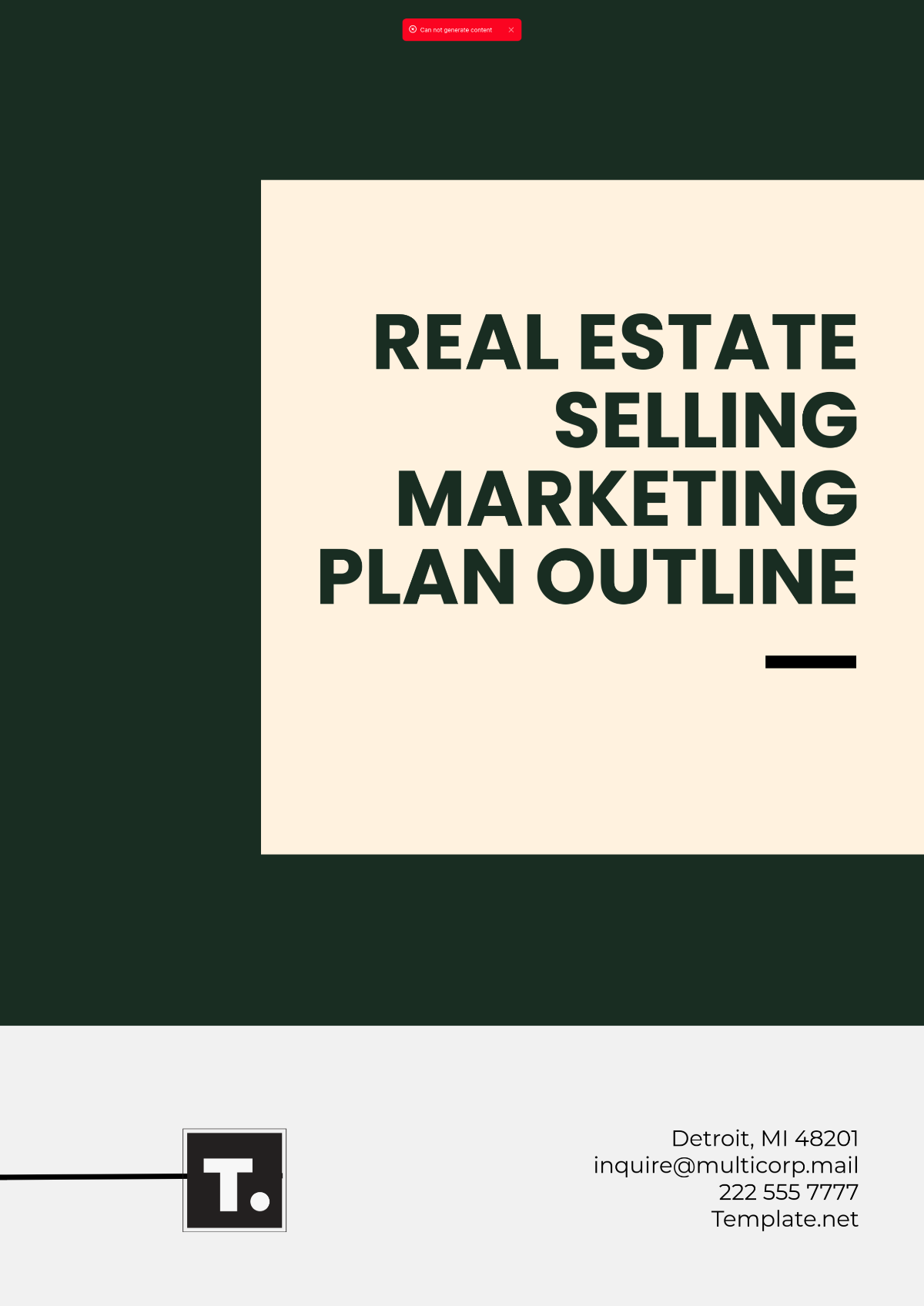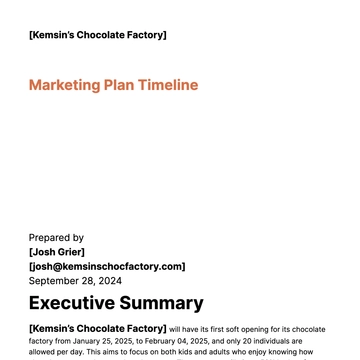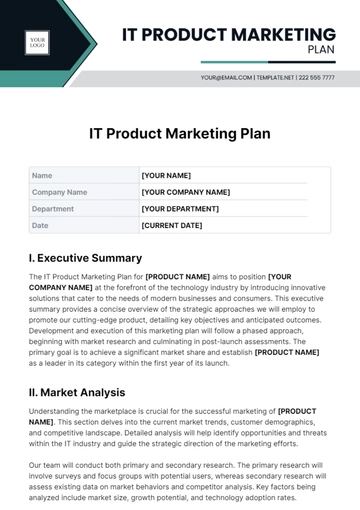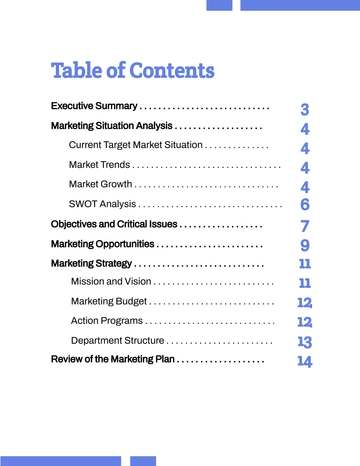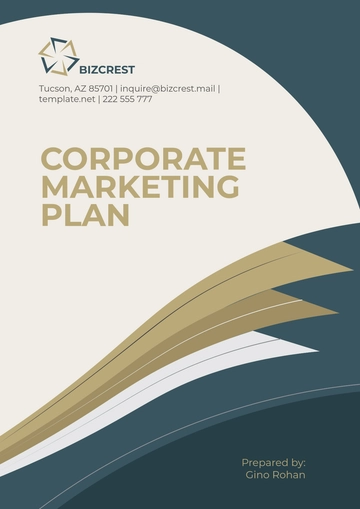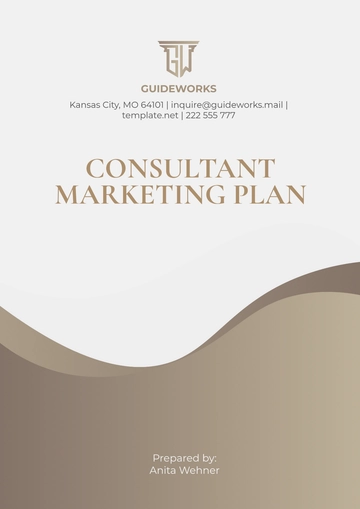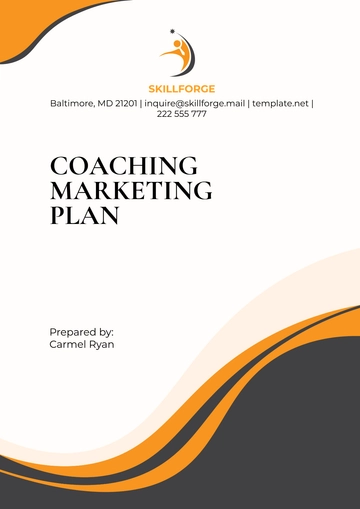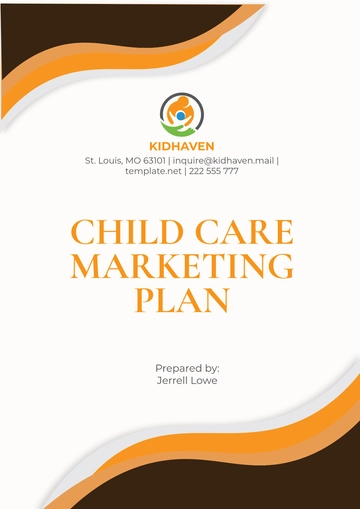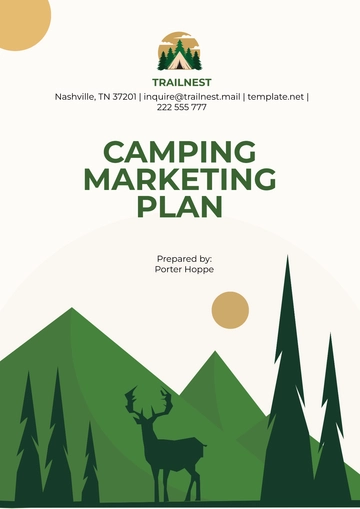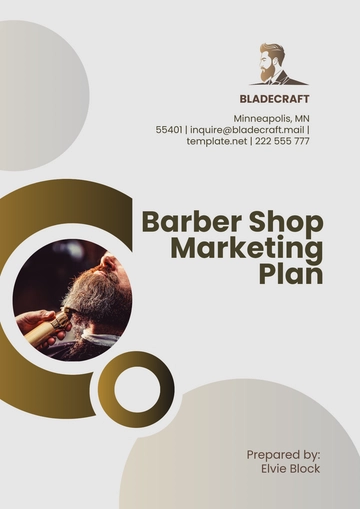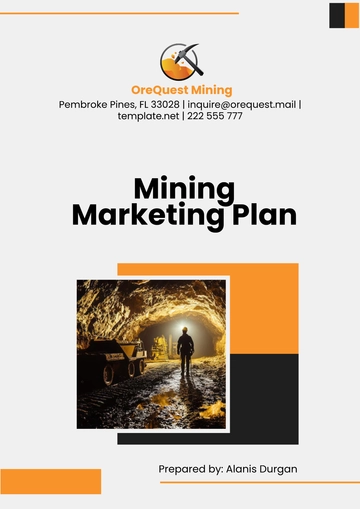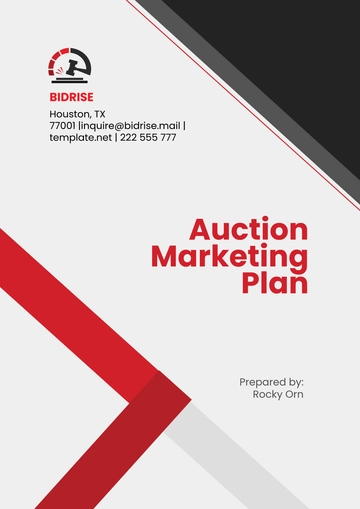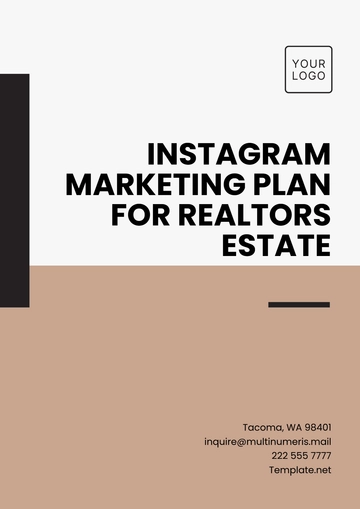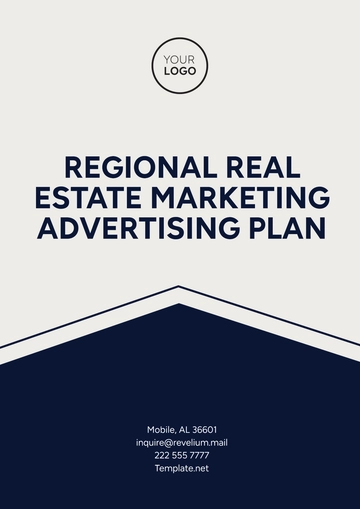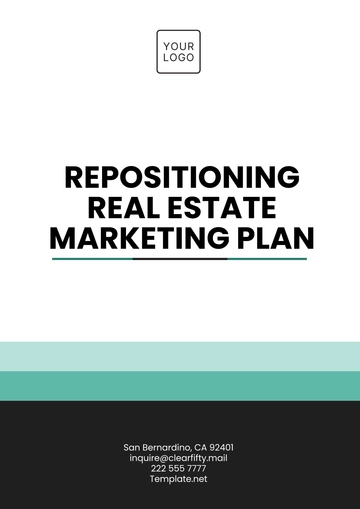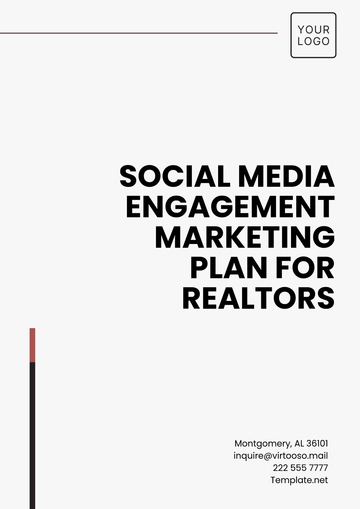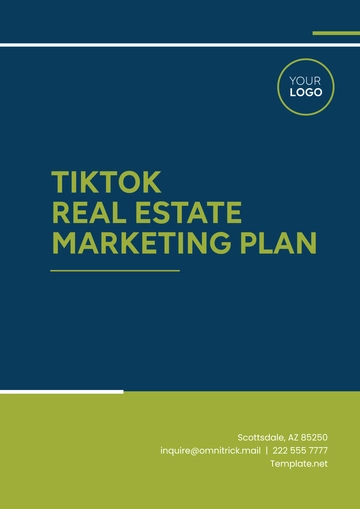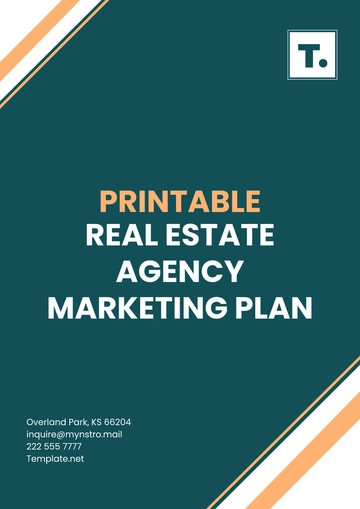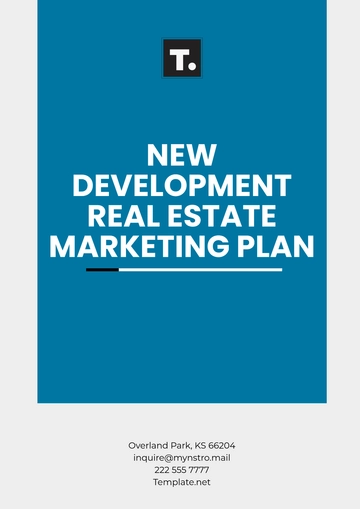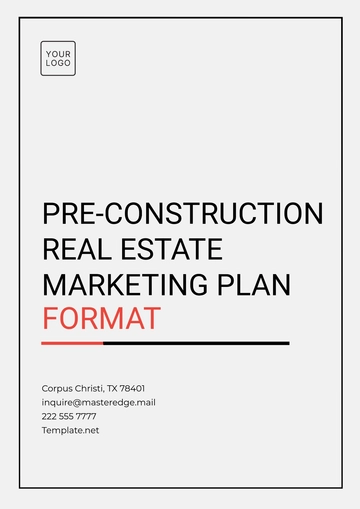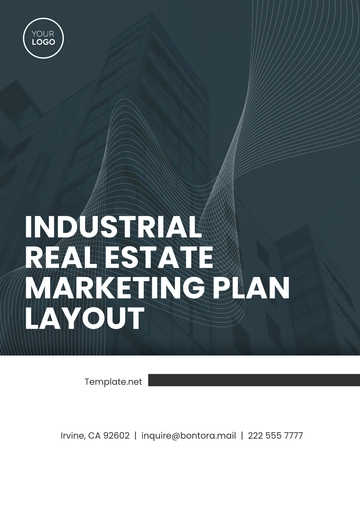Real Estate Selling Marketing Plan Outline
Prepared by:
[YOUR NAME]
[YOUR COMPANY NAME]
I. Executive Summary
Overview of the property being sold (type, location, features, and unique selling points).
Objective of the marketing plan (e.g., sell within a specified timeframe, achieve a target price).
Summary of key strategies and tactics to be implemented.
II. Property Analysis
Property Overview: Description of the property, including size, layout, amenities, and unique characteristics.
Market Analysis: Overview of the local real estate market, including current trends, comparable properties, and demand.
Competitive Analysis: Identify key competitors and how the property compares to others in the area.
III. Target Audience
Demographics: Define the primary target buyers (age, income level, family status, etc.).
Psychographics: Insights into buyer behavior, motivations, and preferences (e.g., first-time homebuyers, downsizers, luxury buyers).
Buyer Needs: Identify specific needs or desires the property fulfills (e.g., proximity to schools, quiet neighborhood, investment potential).
IV. Marketing Objectives
Clearly defined goals for the marketing campaign (e.g., number of showings, offers, online engagement, closing price).
Timeline for achieving these goals (e.g., within 3 months, 6 months, etc.).
V. Marketing Strategies & Tactics
Online Marketing
Real Estate Platforms: Listing the property on popular platforms (Zillow, Realtor.com, MLS, etc.).
Website: Creating a dedicated property webpage with virtual tours, high-quality photos, and detailed information.
Social Media: Using platforms like Facebook, Instagram, and LinkedIn to promote the property to targeted audiences with ads, posts, and stories.
Email Campaigns: Sending property details to a curated list of potential buyers, agents, and interested parties.
Offline Marketing
Open Houses: Organizing open house events to attract direct buyers.
Property Staging: Professional staging to showcase the property’s best features.
Print Advertising: Flyers, brochures, and magazine ads targeted to the local market.
Networking: Reaching out to local agents, real estate professionals, and past clients for referrals.
Video & Photography
High-quality photography, drone shots, and virtual tours give potential buyers a detailed view of the property.
Professional video tours for a more immersive experience.
Paid Advertising
Google Ads: Targeting high-intent buyers through search ads.
Social Media Advertising: Paid campaigns on Facebook, Instagram, and other platforms.
VI. Budget
Overall Marketing Budget: Total allocation for the marketing campaign.
Breakdown of Expenses: Allocation for each tactic (e.g., photography, ads, staging, open houses, etc.).
Expected ROI: Estimated return on investment based on expected sale price and marketing costs.
VII. Marketing Timeline
Pre-launch Phase: Tasks such as property staging, photography, and online listing preparation.
Launch Phase: Start of the online and offline marketing campaigns, open house events, and paid ads.
Ongoing Marketing: Adjusting tactics based on performance, continuing digital marketing efforts, and holding additional open houses if needed.
Closing Phase: Final marketing activities as negotiations and sales close.
VIII. Performance Tracking & Evaluation
KPIs (Key Performance Indicators): Metrics to track the success of the marketing efforts (e.g., number of showings, inquiries, website visits, social media engagement).
Review Schedule: Regular check-ins (weekly or bi-weekly) to evaluate the effectiveness of the plan.
Adjustments: Modifications to the strategy if initial tactics are underperforming.
IX. Conclusion
Marketing Plan Templates @ Template.net
